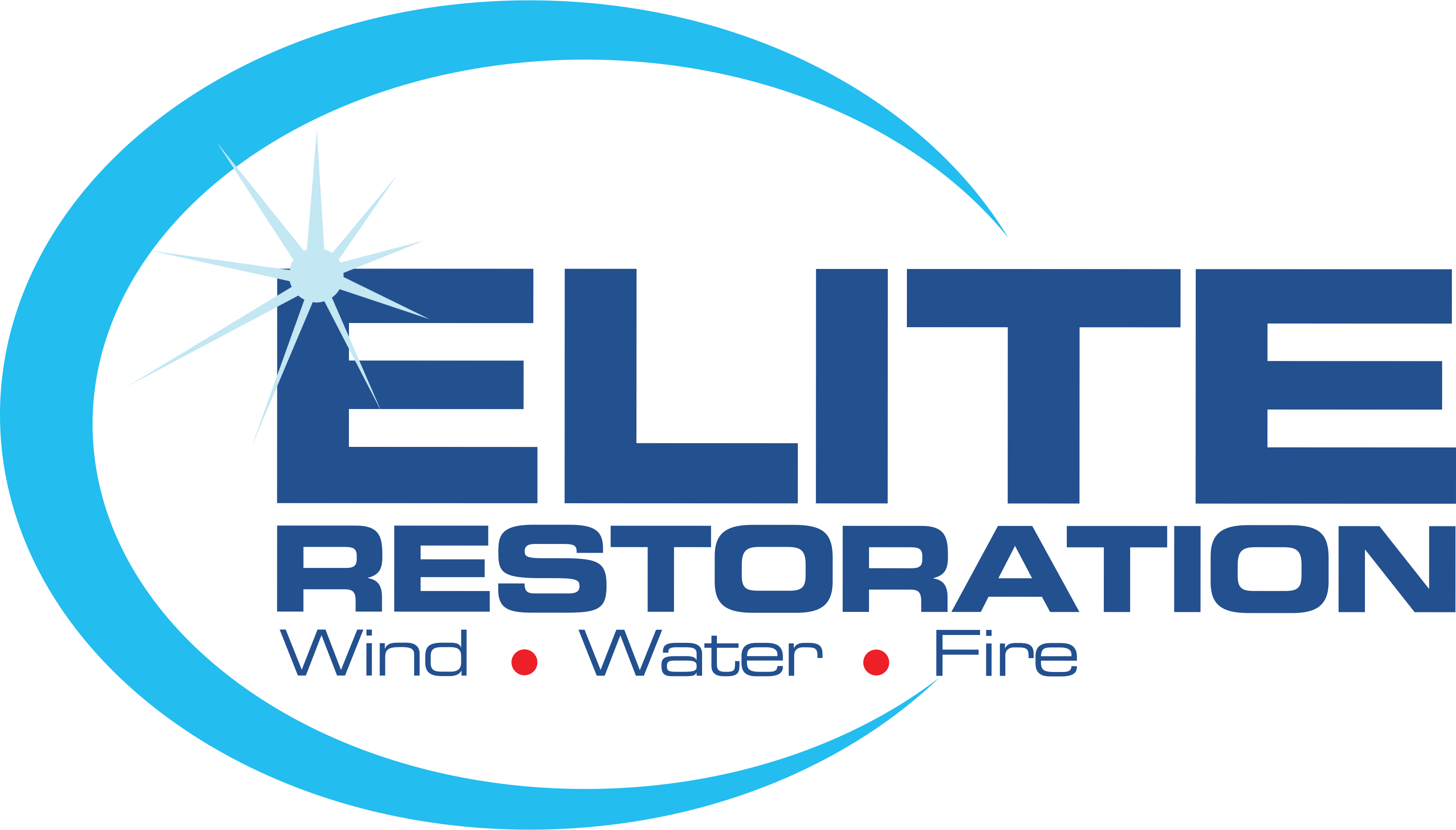Wood Burning Stove Safety Tips

There’s nothing like curling up with your family in front of a warm fireplace or wood-burning stove. Both of these options are great cost-effective ways to heat your home! However, there are certain precautions you need to take in order to use them safely. Elite Restoration is passionate about keeping you, your family, and your home safe and cozy. In today’s article, we’ll be covering some basic safety tips for operating a wood-burning stove.
Do you have a fireplace rather than a wood-burning or pellet stove? Check out our post on Fireplace Safety Tips and keep safe (and warm) this winter.
Use the Correct Fuel for Your Stove
Always use the appropriate kind of fuel for your stove. If it’s a pellet stove, use pellets. If it’s a wood-burning stove, use well-dried hardwoods. Common hardwoods include oak, ash, maple, beech, or hickory. Make sure that the wood you are using is cut down to the appropriate size. Don’t leave the ends of too-long logs sticking out of the front of your stove while they burn. This is a serious fire hazard!
Keep Proper Clearance Around the Stove
All wood-burning stoves require specific clearances all around the stove. There should be adequate room in the front and back of the stove, as well as clearance around the sides, the bottom, and the top of the stove. A lack of appropriate space around your wood-burning stove is a fire hazard. This is because nearby combustible items may ignite. “Combustible” items can include anything from fuel stacked too close to the stove to nearby furniture and even walls.
If you aren’t sure what the manufacturer’s recommended clearances are for your model of stove, follow the standard recommended clearance which is 36 inches around all sides. Appropriate heat shielding can reduce this required distance — but the operative word here is appropriate shielding. DIY heat shields often do not have the same heat resistance rating as their professionally made counterparts. Don’t skimp out on heat shields!
Have an Appropriate Chimney and Ventilation System
You should never use an unlined single brick chimney for a wood-burning stove. This is because single brick chimneys deteriorate over time. In addition to being structurally unsound, a damaged chimney can allow dangerous gases to escape the flue and build up in your house. If your home has an old double-bricked chimney, have it professionally inspected before you attach it to your stove. An inspector will look for any cracks in the mortar, damaged and missing bricks, and other dangerous structural issues.
Your wood-burning stove also needs an appropriate ventilation system connecting it to the chimney. The ventilation system should be composed of a 24-gauge or heavier stovepipe. There should be no more than two right-angle elbows, and the vent should be as short as possible. Finally, the stovepipe should be assembled with the crimped sections facing down toward the stove as this prevents gases from escaping the vent system.
Clean Your Wood-Burning Stove Regularly
Use a wire brush to clean your stovepipe and chimney at least once a year. You can also hire a professional chimney service to take care of this for you. If your chimney hasn’t been cleaned for a long time, we highly recommend using a professional chimney cleaning service to ensure your stove is safe to operate. Cleaning your stove and chimney regularly will help slow the buildup of creosote, a highly combustible fuel. This intensely burning fuel builds up over time in chimneys and stovepipes.
There are three common forms of creosote. The first is a sticky liquid that may run down the stovepipe and chimney. The second is a flaky black deposit that can be removed with a good brushing. The third form of creosote is a hard tar-like substance. This tar is hard to remove and burns intensely, so it should always be removed by a certified chimney sweep.
Smoke and Fire Damage Restoration
Even with precautions taken, home heating fires can happen unexpectedly. Whether they are started by a space heater or a fireplace, house fires can cause substantial damage. While we certainly hope that you never need our fire and smoke damage restoration services, Elite Restoration in Idaho is always on call with 24/7 emergency board-up services. We also offer free estimates on all of our services. Give us a call today, or contact us online to start your restoration or mitigation project.

